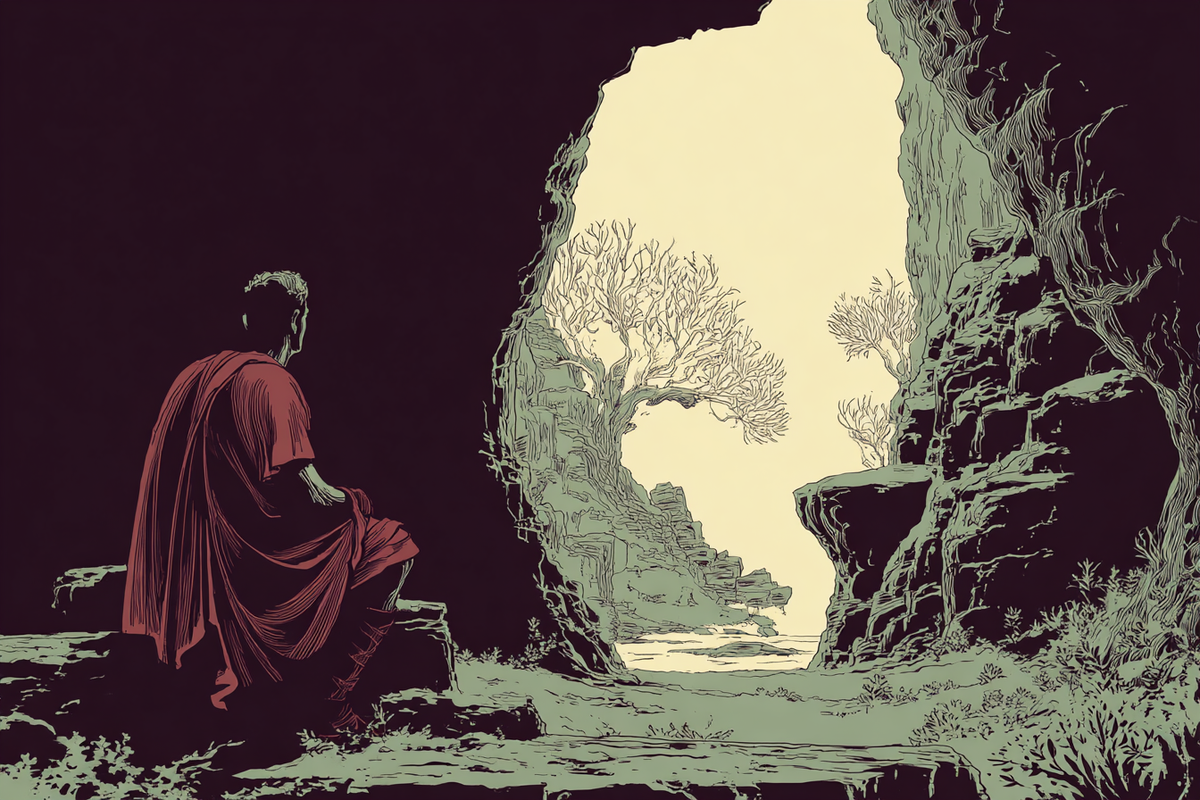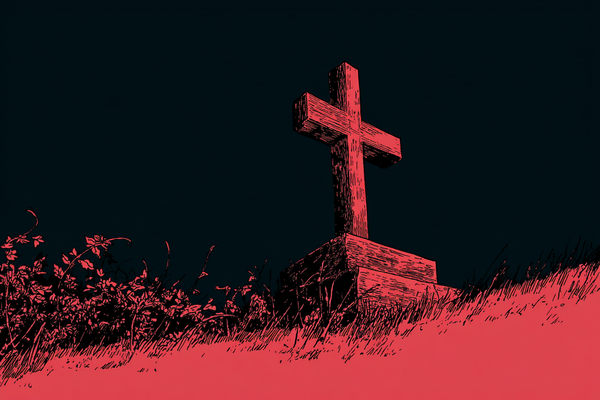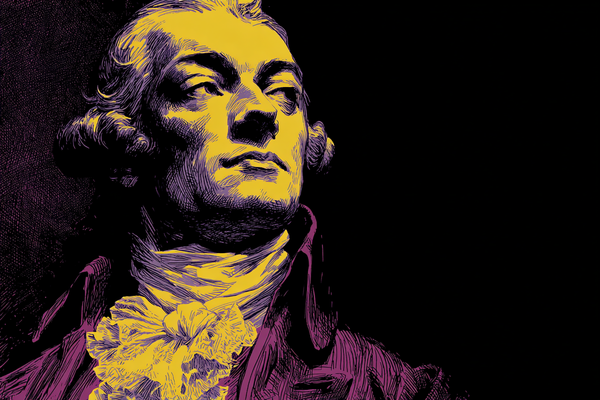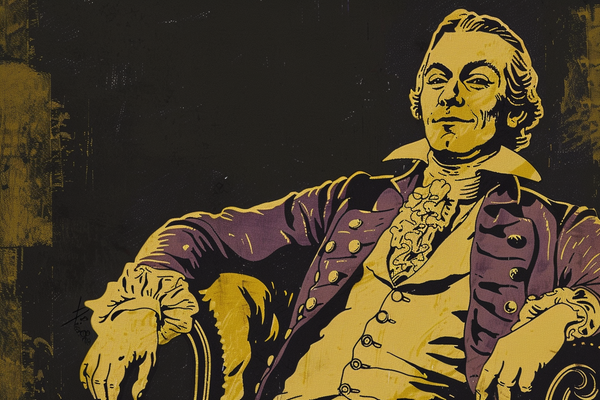Mithraism: The Roman Mystery Cult

Mithraism—better called “the mysteries of Mithras,” the name ancient initiates themselves used—was a private cult that flourished across the Roman Empire from the late first century to the late fourth century CE. Because Mithraists left almost no theology in writing, we reconstruct their religion mainly from temples (mithraea), inscriptions, sculpture, and a handful of passing remarks by Greek and Latin authors. It is one of antiquity’s best-attested mystery cults archaeologically and one of the most debated interpretively.
1) Roots and beginnings
The Roman god Mithras was inspired by (but not identical with) Mithra/Mitra, the ancient Indo-Iranian divinity whose very name is related to “contract, covenant.” That etymology is secure and longstanding in Iranian studies. Yet the degree of continuity between Iranian Mithra and Roman Mithras is contested: Roman Mithras took on a distinct iconography and ritual program not found in Iranian contexts.
The earliest explicit literary nod to Mithraic rites appears in Plutarch’s Life of Pompey, where he says the Cilician pirates “performed certain secret rites, among which were those of Mithras,” a tradition he believed persisted into his own day (1st–2nd c. CE). That tells us Mithras was known in the Mediterranean by the late Republic, though it does not describe the religion’s content. Later philosophical writers, notably Porphyry, associated Mithras with caves and even ascribed the first cave-sanctuary to Zoroaster—testimony that reflects how Romans themselves imagined the cult’s Persian pedigree.
2) When and where Mithraists met
Archaeology shows the mysteries gaining real momentum from the late 1st/2nd century and remaining active until the later fourth. Hundreds of mithraea have been excavated from Britain to Syria, with especially dense clusters in Rome, Ostia, the Danubian provinces, and along the Rhine frontier. A good touchstone is London’s Walbrook Mithraeum, now re-installed at its original level beneath Bloomberg’s European HQ, and the splendidly documented shrine from Dura-Europos (modern Syria), whose wall paintings and reliefs are preserved at Yale.
3) The space: cave-like sanctuaries
Mithraea were long, low, cave-like rooms (sometimes literal caves, sometimes basements) with a central aisle flanked by raised benches for ritual meals, and a cult image in a niche at the far end. The London Mithraeum is a textbook example of the plan and atmosphere; Dura-Europos shows how richly these interiors could be decorated, with double tauroctony reliefs and painted cycles flanking the nave.
4) The image at the heart: the tauroctony
At the focus of every mithraeum stood the tauroctony—Mithras, in Phrygian cap and Eastern dress, kneeling on a bull and plunging a dagger into its neck. Around him recur a set of companions and symbols: a dog and a snake reaching the blood, a scorpion at the bull’s genitals, a raven, and often the busts of Sol and Luna. The scene is standard enough that we can speak of a program; its precise meaning has been argued for a century. The best place to see it intact is the Dura-Europos reliefs at Yale.
Astral readings (and caution)
Modern scholars broadly agree the imagery encodes cosmic or astral ideas; many note zodiacal and seasonal motifs across Mithraic art. David Ulansey proposed the boldest version—identifying Mithras with the constellation Perseus and reading the tauroctony as a myth of the discovery of the precession of the equinoxes. Others, notably Roger Beck, accept an astral framework but reject a one-to-one decoding of every element to precession physics. The consensus is that the scene is cosmological, but not that any single key “solves” it.
Other core scenes
Beyond the bull-slaying, mithraea show Mithras’ rock-birth (petra genetrix)—the god emerging youthfully from stone, sometimes with torch and sword—and his banquet with Sol and eventual ascent in Sol’s chariot. These scenes articulate a myth-cycle without a surviving “gospel”; iconography is our script.
5) Grades, trials, and the communal meal
Initiation appears to have been graded in seven steps—Corax, Nymphus, Miles, Leo, Perses, Heliodromus, Pater—attested epigraphically and famously pictured in the floor mosaic of the Mithraeum of Felicissimus at Ostia. At Dura-Europos, graffiti even preserve membership lists with grades. While we do not possess a handbook of ceremonies, visual and material evidence point to ordeals, oath-taking, and instruction appropriate to rank.
The central rite was a shared meal, likely reenacting the feast of Mithras and Sol. Literary allusions and cult vessels suggest the benches were for real banqueting, and a celebrated study by Beck argues that the meal was imagined as taken upon the hide of the newly slain bull. Archaeology adds texture: deposits of animal bones and tableware at a number of sites (e.g., in Gaul and the German provinces) signal repeated ritual feasting.
6) Who joined?
It is a myth that Mithraism was only for soldiers. Soldiers were conspicuous members—especially on frontiers—but inscriptions also record urban officials, merchants, freedmen, and craftsmen. The cult’s social base was broadly male and urban. Whether women ever participated is debated: the evidence is overwhelmingly male, but a handful of ambiguous references and local finds have led some scholars to argue for rare female involvement or association at the margins. The safest summary is “predominantly male,” with the extent of exclusion varying by place and time.
7) What Mithraism taught (and whether it promised “salvation”)
We lack a Mithraic creed. Still, a famous painted line from the Santa Prisca mithraeum in Rome reads (reconstructed): et nos servasti eternali sanguine fuso—“and you have saved us by the shedding of the eternal blood.” Scholars disagree about the reading and its weight; it is evidence that some Mithraists spoke in soteriological terms, but it doesn’t license direct equation with Christian theology. Treat it as one data point, and a contested one.
8) Mithras, Sol Invictus, and Christmas myths
Because Mithras often appears with Sol, and because the emperor Aurelian promoted Sol Invictus (the Unconquered Sun) as a public cult in 274, Mithraism is often folded into sun-worship. The Chronography of 354 lists Dec. 25 as the Natalis Solis Invicti—the feast of the Sun—not specifically the birthday of Mithras. Modern scholarship (esp. Steven Hijmans) stresses that the December 25 solar festival belongs to Sol, and that equating it with Mithras’ “birthday” is an oversimplification popularized in later polemic. In short: the date is securely solar; its Mithraic status is unproven.
9) Decline and disappearance
After Constantine’s conversion, Mithraism persisted for decades, especially in senatorial and urban circles at Rome, but new mithraea largely stop appearing after the early fourth century. The anti-sacrifice legislation of Theodosius I in the 380s–390s and the rapid Christianization of civic space accelerated the cult’s contraction. By the end of the fourth century in the West, Mithraism disappears from the epigraphic record.
10) What to look for: the material signature
If you’re reading a site report or visiting a museum, a mithraeum is easy to recognize:
- A long, low, cave-like room with benches along the sides and a niche at the end.
- A cult image of the tauroctony, often with attendant symbols and sometimes zodiacal frames.
- Dedications by initiates mentioning grades (Pater, Leo, etc.).
- Tableware, animal bones, lamps—traces of repeated communal meals.
London’s Mithraeum (Walbrook) and Yale’s Dura-Europos installation are outstanding places to see these elements in situ or carefully reconstructed.
11) Five enduring debates
- Origins: Was Roman Mithraism a direct transplant of Iranian Mithra worship or a new Roman creation inspired by Iranian themes? Most specialists today emphasize creative Roman adaptation built on an Iranian name and prestige.
- Astral meaning: How far does the cosmology go? Ulansey’s precession theory remains influential but contested; astral symbolism is clear, a precise “cipher” is not.
- Soteriology: Did Mithras “save”? The Santa Prisca line is important but disputed; elsewhere, the art hints at protection and cosmic passage rather than a detailed doctrine of sin/redemption.
- Women: Predominantly male cult? Yes. Absolutely exclusive? Probably, but some scholars continue to probe ambiguous evidence for female presence or patronage in certain locales.
- Mithras & Christianity: Parallels exist (meal, grades, moral discipline), but simple “copy-cat” narratives don’t survive contact with the evidence, especially on December 25. The stronger connection is with Sol Invictus, not a Mithraic nativity.
Further reading (accessible starting points)
- Encyclopaedia Iranica (Roger Beck, “Mithraism”; entries on “Mithra” and iconography) — balanced scholarly overviews of Iranian background and Roman cult.
- Yale University Art Gallery, Shrine to the God Mithras (Dura-Europos) — concise, object-driven descriptions and images of a complete mithraeum cycle.
- London Mithraeum Bloomberg SPACE — a model site presentation and public history resource on a mithraeum’s form and setting.
- Roger Beck, “Ritual, Myth, Doctrine, and Initiation in the Mysteries of Mithras” (JRS 2000) — classic article on the cult meal and initiation imagery.
- Bryn Mawr Classical Review on recent archaeology of Mithraism — digestible summaries of what new digs are adding.
- Steven Hijmans, on Sol Invictus and December 25 — the go-to corrective on what the sources actually say.
In one sentence
Mithraism was a male-dominated, grade-based Roman mystery cult centered on a cosmically charged image of the god Mithras slaying a bull; it borrowed the prestige of Persian Mithra, spread widely across the empire, met in cave-like temples for initiations and communal meals, and vanished in late antiquity—leaving us a rich archaeological record and a handful of tantalizing lines rather than a creed.





